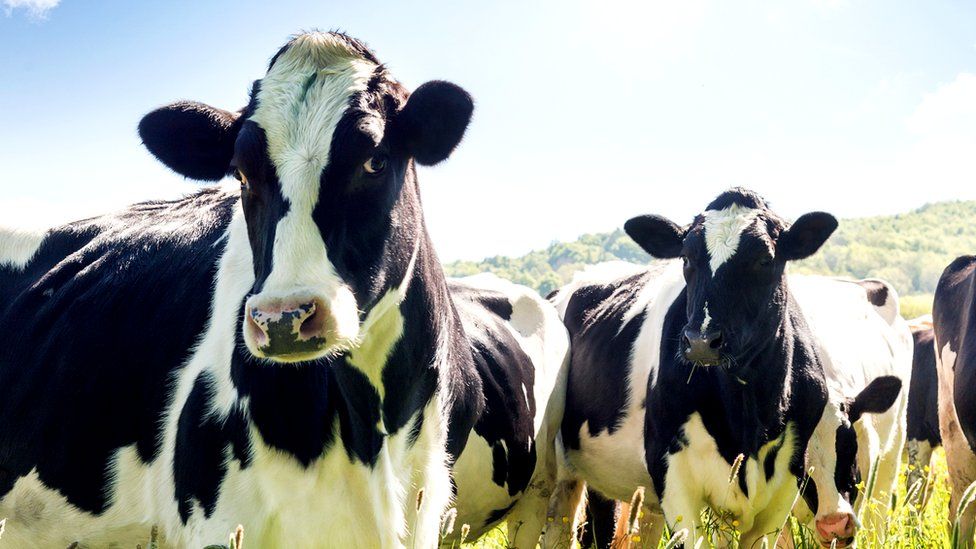Photo: Abdi Hassan/IRIN
Ali Addeh refugee camp was established in 1991 for a population of about 7,000. It is currently home to 14,333 refugees, 13,748 of whom are Somalis
Barre is one of the earliest residents of the Ali Addeh refugee camp, 130km south of Djibouti-Ville, capital of Djibouti. She supplements her aid donations by sewing clothes for other refugees.
Barre arrived at the camp with her parents in 1991 when she was only eight years old. They had fled the Somali capital, Mogadishu, after chaos erupted following the ouster of President Siyad Barre.
"I’m now 29 years old with children of my own and most of my life has been spent in a refugee camp," Barre told IRIN. "I did not choose to be here, I was forced to be here. It is getting harder and harder to have hope that my children and I will leave here. I don't want to die here. Not knowing your future is the hardest part."
Such is the life of many refugees in Ali Addeh, a camp administered by the Djibouti agency for refugees and natural disasters, known by its French acronym, ONARS, which is funded by the UN Refugee Agency, UNHCR. The camp was originally designed for 7,000 people but, since January 2010, houses 14,333 refugees, 13,748 of whom are Somalis.
Previously, Djibouti had three camps but after the voluntary repatriation of refugees from Somalia's self-declared republic of Somaliland in 2006, the government closed down two, leaving Ali Addeh for the remaining Somalis. Read More


No comments:
Post a Comment